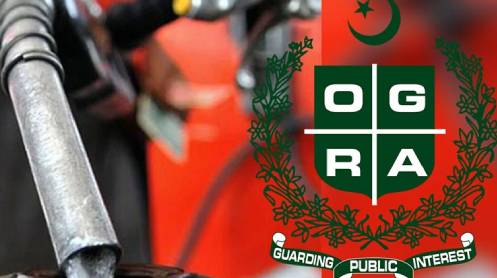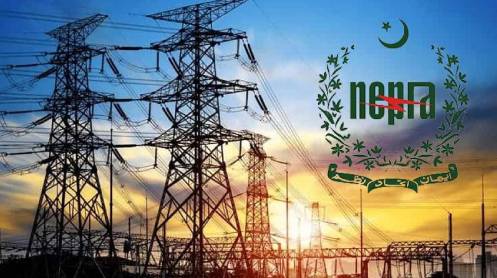The high point of roll out-of mega projects under the CPEC (China Pakistan Economic Corridor) was in the last tenure of PML-N (Pakistan Muslim League-Nawaz) government from 2013-18.
During this period a number of mega projects in the energy and infrastructure sector set their footprint in all parts of the country, notably, the thermal power projects in Punjab and hydro power projects in the north of KPK and Kashmir and infrastructure projects in Balochistan. The Gwadar port and its allied facilities also got a kick-start during this period.
Shehbaz Sharif, the then Chief Minister of Punjab, was the greatest proponent of CPEC projects who, during his tenure as CM, rolled out two coal-fired 1320MW and 660MW Power plants and a 1000MW Quaid-e-Azam Solar Park. In infrastructure, it was the Orange Line Mass Transit System.
His earned the title of ‘Shehbaz Speed’ because of his efficiency in relation to project implementation on fast track. During over three years’ tenure of the PTI government, mega projects under the CPEC were restrained and focus was diverted to Special Economic Zones under the understanding that China may shift some of its low end industry to populate the zones. Unfortunately, however, this did not happen.
The expectations now are that with Shehbaz Sharif as Prime Minister of Pakistan, the projects under the CPEC may once again get a kick-start. China and Pakistan are both reasonably bullish about it. The question how realistic are the expectations of the two has no easy answer, so to speak.
Chinese Consul General in Lahore Zhao Shiren is reported to have stated this week: “Pakistan prime minister Shehbaz Sharif is coming to China next month and after his visit a JCC meeting will be convened later this year to ensure that all CPEC projects see smooth functioning. Work on pending projects will be resumed and they will be put on fast track to make sure that they meet the deadline,”
The CG further stated: “The CPEC was not just a Chinese project, Pakistan needed to take its full ownership. It is for the people’s livelihood as it has improved Pakistan’s infrastructure, alleviated energy crisis, and played a pivotal role in getting Pakistan out of poverty and embarking on the path of growth and recovery.
The CPEC should be implemented wisely as a lot of work in this respect has to be done.” Regarding hiccups in the CPEC in the past, he said: “No matter which party in Pakistan is in power…the CPEC is here to stay as it is more for the people than the government. It will help primarily with the acute power shortage which Pakistanis are facing today.” Regarding the multi-billion Railway ML-I project, the Chinese consul general said: “It is in the pipeline and going to be launched. Let me make it clear that this project was always there. Pakistan needs it the most. It is one of the major components of the CPEC”.
Similar statements have been echoed at Pakistan’s end. The ground reality however does not support the bullish sentiment made public by the governments of the two countries.
The country’s current economic and fiscal status has changed drastically in recent years. Today, Pakistan’s ambitions are checkmated by an economy struggling for its very survival and the rigid conditions set by the IMF (International Monetary Fund), particularly in relation to further exposure to debt and liabilities.
The two coal-fired power plants set up earlier under the CPEC are unfeasible on imported coal and are earmarked for privatisation. The fate of solar power plant is still shrouded in mystery.
The ongoing projects are hamstrung by delays and payments to many of the Chinese contractors facing inordinate delays to the chagrin of the Chinese government.
ML-I project for Railways is unlikely to happen in the near future. Its financing line-up and unresolved technical issues have delayed the project; it is now estimated to cost over $9.8 billion instead of $6.8 billion. Given the incompetence and inefficiency of Pakistan Railways, a large amount of subsidies had to be doled out to sustain this project.
The country is no longer in need of power projects. Many of the ones on ground are idle due to lack of availability of fuel. What is needed is good governance and competence in the entire energy sector which all along has been ignored under the euphoria of CEPC, which so far has not worked in favour of public welfare and interest.
The best that can be realistically derived by the Prime Minister out of his upcoming visit to China in public interest could be:
(1) To work out a realistic mechanism to wrap up the projects currently under execution to arrest cost-escalation and source of revenue generation;
(2) To prevail upon China to assist in the population of Special Economic Zones by moving its low end industry to Pakistan like it has done with other low-cost destinations; and
(3) To work out a mechanism to reschedule debt on current projects and carve out room for additional projects, which can contribute towards efforts aimed at revenue generation for the country.





